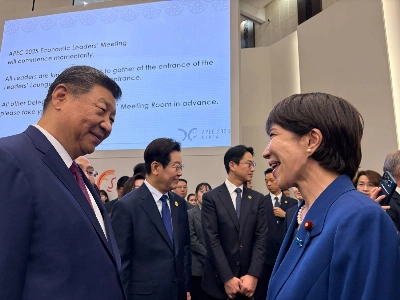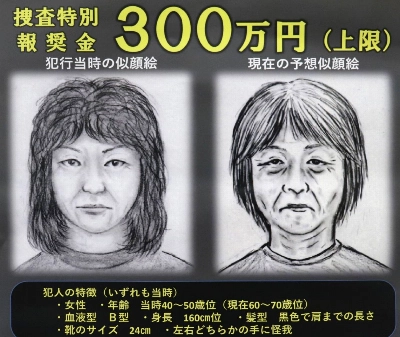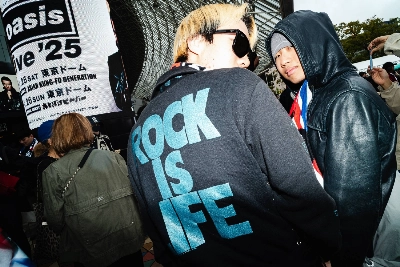At the start of August, I found myself in France just as the パリ五輪 (Pari gorin, Paris Olympics) were getting underway.
Since the 五輪 are a time of 愛国 (aikoku, patriotism), the French put their culture on display for the world to see. This meant a proud showing of 多様性 (tayōsei, diversity) and 民主主義 (minshu-shugi, democracy), sentiments that run deep in their national identity and were on full display during the 開会式 (kaikai-shiki, opening ceremony). My French friends like to tell me, フランスのモットーは、「自由・平等・博愛」です (Furansu no mottō wa “jiyū, byōdō, hakuai” desu, France’s motto is “liberty, equality and fraternity”), and many of them were happy with how the Olympics turned out.
My Japanese friends, however, had some mixed feelings with how the 開会式 turned out. One thing that stood out for them was the portrayal of a headless マリー・アントワネット (Marī Antowanetto, Marie Antoinette), queen consort prior to the フランス革命 (Furansu kakumei, French Revolution).


















With your current subscription plan you can comment on stories. However, before writing your first comment, please create a display name in the Profile section of your subscriber account page.